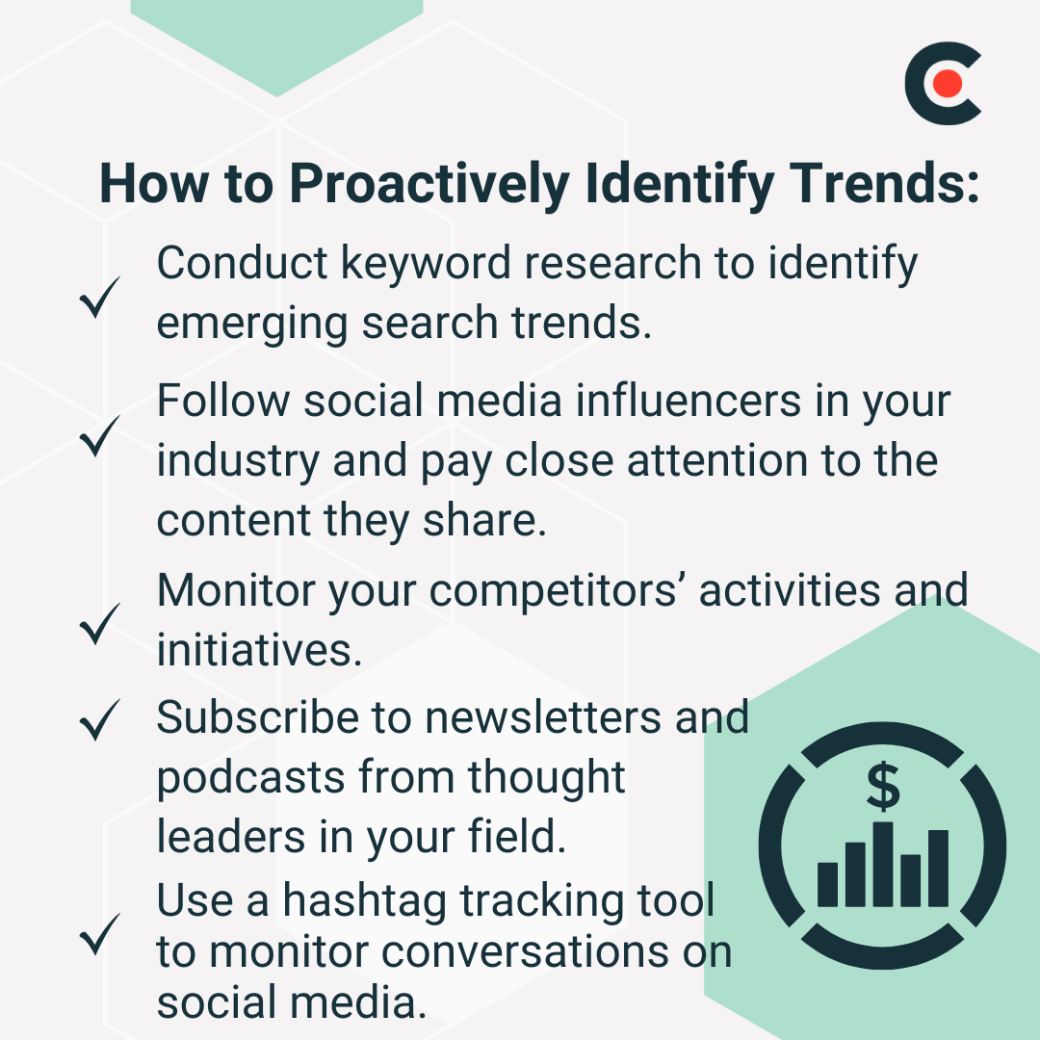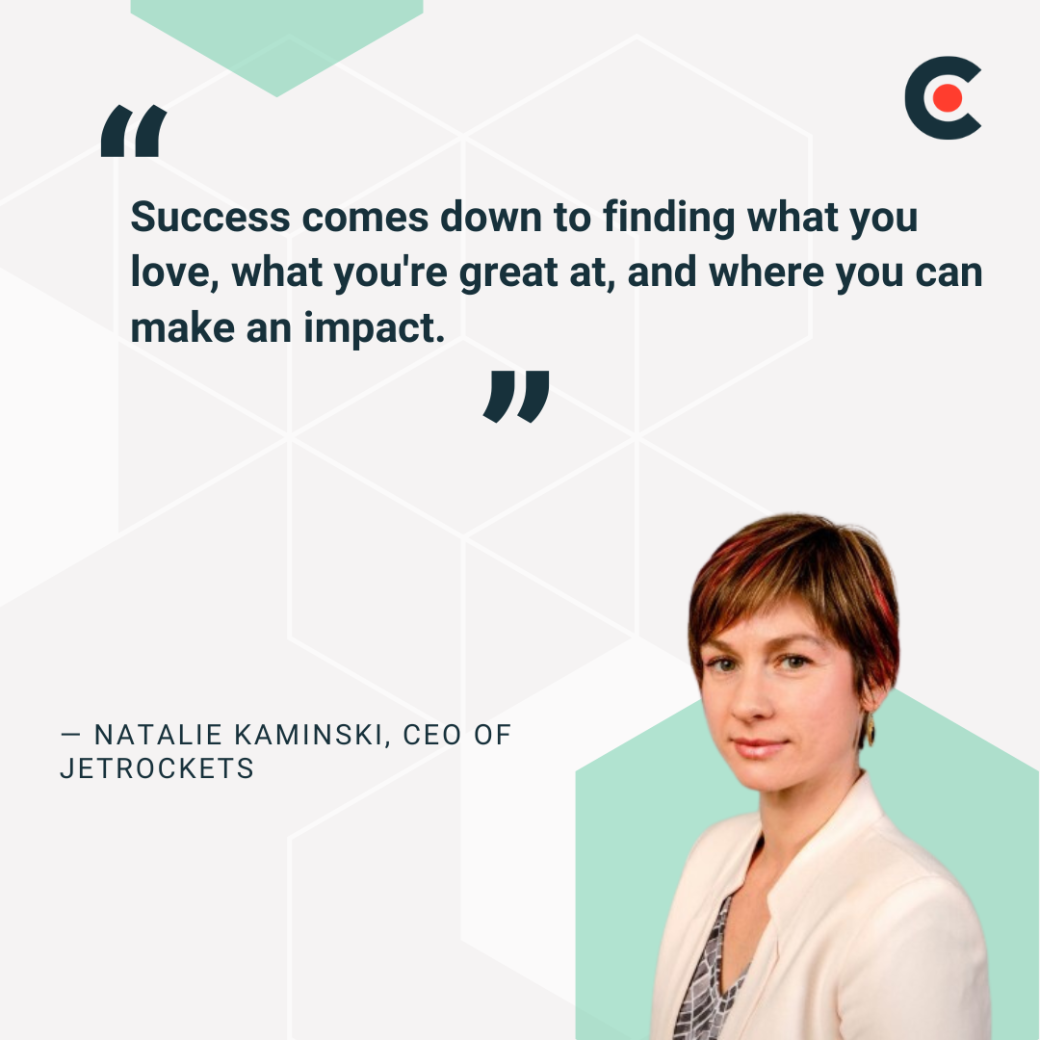

Updated March 13, 2025
Business growth is a top priority for every owner, but not all paths to expansion are created equal. Learn about why it’s critical to strike the right balance between client-led growth and strategic expansion with insights from Natalie Kaminski, CEO of JetRockets.
As a business owner, there’s nothing more rewarding than watching your company expand.
New clients enjoy the benefits of your products and services, and you get to invest in fresh initiatives as your revenue increases. It’s like being a proud parent or caring for a particularly finicky houseplant — watching all your hard work bloom before your eyes.
Looking for a BPO agency?
Compare our list of top BPO companies near you
However, not all paths to growth are created equal. Some owners prefer to follow their clients’ lead, developing new products based on customer requests or chasing fleeting trends.
While client-led growth can be exciting, it’s not always sustainable or in the best interest of your business. That’s why you must be deliberate about how and when to expand your organization. Juggling your clients’ interests with strategic expansion is key to success — but it’s not always easy.
Discover how to strike the right balance and practical tips for shaping your business’s growth with strategies from Natalie Kaminski, CEO of JetRockets.
As a savvy entrepreneur, you know that the market is never static. Trends come and go as your audience’s expectations and needs evolve. One year, your customers might prioritize sustainability, and the next, products with generative AI features are all the rage. Successful businesses stay on top of industry trends and understand how they impact their operations — both directly and indirectly.
“Success requires balancing market trends and client feedback,” Natalie Kaminski emphasizes as she discusses how their company proactively manages their services and growth.
She gives further insights based on her experience “For example, we don't work with WordPress, even when existing clients request it. However, when clients express interest in emerging technologies like AI, we're eager to explore these opportunities. The key is knowing when to adapt and when to stay focused on your strengths.”
Trends move quickly, so you’ll need to take a proactive approach to keep your finger on the pulse. Here are some essential measures you can apply to stay in the know:

While gaining an awareness of trends is critical, understanding client feedback is equally important. They’re the best source of information when it comes to identifying new opportunities and areas for improvement.
There are many ways to gain valuable insights from your customers. For instance, you could analyze reviews and web traffic patterns to understand your audience’s behavior and preferences. For more direct feedback, consider organizing focus groups or creating surveys to learn about their changing interests and pain points.
As you collect and analyze data, distinguish between your customers’ needs and preferences. Needs refer to essential requirements that stay consistent over time. By contrast, preferences are more subjective and easily influenced by emotion or trends.
For example, customers need to feed their pets healthy food, but specific flavor or packaging preferences can change quickly. By aligning your strategic expansion with customer needs, you can achieve long-term growth.
Business owners are often tempted to take on new challenges, especially if they promise rapid growth. However, you should never compromise your company’s strengths and values in your quest for expansion.
During our interview, Kaminski recalls her time when they were establishing JetRockets.
“When we first started around 2009-2010, we took on any project from anyone willing to pay - that's valid when you're finding your footing. You need to explore different paths to discover what you're good at and passionate about, because you can't excel just by chasing money.”
She also adds “Success comes down to finding what you love, what you're great at, and where you can make an impact.”

Prioritize authenticity by pursuing opportunities and challenges that keep your business grounded in its core identity.
For instance, if sustainability is part of your organization’s core values, consider investing in eco-friendly products or collaborating with conservation groups. Alternatively, if you’re passionate about equity, you might invent more accessible products and marketing campaigns. These endeavors will help you expand your business without straying from the values that made it great in the first place.
At the same time, don’t feel like your business’s core identity is set in stone. It’s important to continuously improve your strengths and update your values to reflect your changing priorities. That way, you’ll stay flexible and build a solid foundation for sustainable and strategic growth.
These days, the business environment moves at an extraordinarily fast pace. It can feel like every time you blink, a new technology or trend is emerging. Even the most savvy businesses can’t possibly keep up with every innovation — there’s simply not enough time.
However, embracing new opportunities that fit your business’s strengths is essential. For example, you might collaborate with a popular influencer who shares your brand’s core values. This partnership could help you connect with a new customer demographic or raise awareness of your brand. Similarly, you might experiment with artificial intelligence (AI) or data analytics tools to improve your offerings.
You should also look for emerging or untapped markets. Do your competitors tend to overlook certain demographics? Catering to these audiences could help you carve out a new niche and gain an edge in your industry. Or maybe you’ve noticed an emerging demand for your products in a geographic region you’ve never explored.
By branching out into new territory — literally and metaphorically — you could grow your customer base and increase your revenue while staying true to your company’s core.
In other words, it’s all about being receptive to new opportunities and knowing when to take the plunge. This attitude will help your business develop a forward-thinking approach and strive for deliberate growth.
There’s no one-size-fits-all approach to growing your business. If there were, every company would achieve multibillion-dollar success like Apple and Target.
Listening to your clients’ needs and preferences is essential for expansion, but you shouldn’t rely solely on customer-led growth. After all, even the most educated customers don’t always understand the market — or their own needs.
Your audience might clamor for a certain product that will quickly become obsolete or fail to meet their long-term requirements.
To unlock long-term success, you should always look at the bigger picture. Pay close attention to emerging market trends, and be ready to seize promising opportunities that fit your brand. This flexibility will help you stand out from the crowd and adapt to your customer’s changing needs.
Finally, focus on fostering great relationships with your clients. By being attentive to their interests and providing stellar customer service, you’ll be well on your way to expanding your business.

Natalie Kaminski, CEO of JetRockets, is a tech entrepreneur with a knack for bridging the gap between non-tech founders and the digital world. With a journey spanning multiple countries and roles—from programmer to COO—she brings a wealth of hands-on experience in turning tech ideas into reality. At JetRockets, she leads a global team that specializes in helping non-tech businesses launch successful tech platforms, ensuring they're well-built, user-friendly, and perfectly aligned with business goals. Natalie's passion is guiding founders through the intricacies of the tech landscape, from ideation to launch and beyond.


